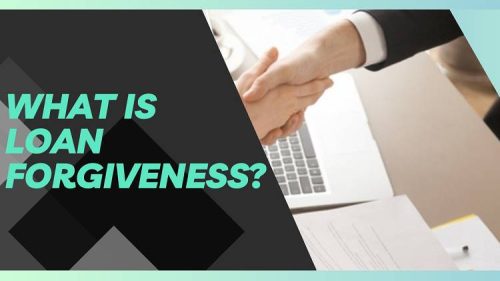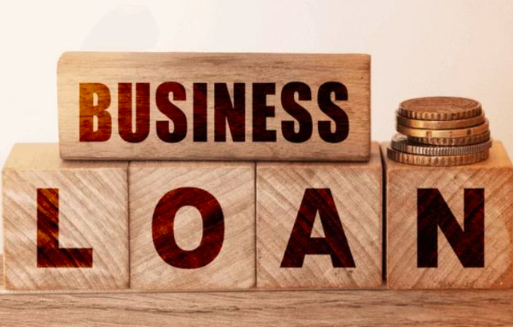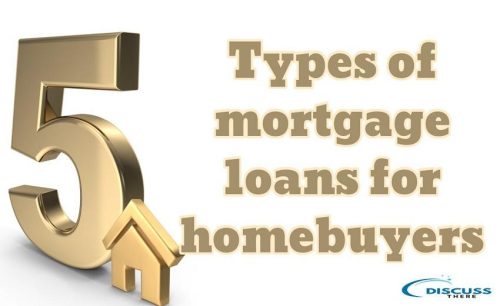Loan forgiveness is a process where a borrower’s outstanding loan balance is cancelled, and they are no longer responsible for repaying the remaining amount. Loan forgiveness programs typically apply to specific types of loans, such as student loans or small business loans, and may have certain eligibility requirements that must be met. The borrower must usually meet certain criteria, such as making a certain number of payments on time or working in a particular profession, to qualify for loan forgiveness. Loan forgiveness may be provided by the lender or by a government agency, depending on the specific program. It is important to note that loan forgiveness may have tax implications, and borrowers should consult with a financial advisor before pursuing loan forgiveness options.
Loan forgiveness public service
Public Service Loan Forgiveness (PSLF) is a federal program that forgives the remaining balance on Direct Loans for borrowers who work full-time for a qualifying employer in public service or non-profit sectors. To qualify for PSLF, borrowers must make 120 qualifying payments under a qualifying repayment plan while working full-time for a qualifying employer. Qualifying loans include Direct Loans, which are loans made by the federal government, such as Direct Subsidized Loans, Direct Unsubsidized Loans, Direct PLUS Loans, and Direct Consolidation Loans. Private loans, FFEL loans, and Perkins Loans are not eligible for PSLF.
Qualifying employers for PSLF include government organizations at any level (federal, state, local, or tribal), non-profit organizations that are tax-exempt under Section 501(c)(3) of the Internal Revenue Code, and other types of non-profit organizations that provide certain types of qualifying public services. Eligible public services include emergency management, military service, public safety, law enforcement, public health, public education, and many other fields.
After making 120 qualifying payments, borrowers can apply for loan forgiveness through the PSLF program. If approved, the remaining balance on their Direct Loans will be forgiven tax-free. It is important to note that the PSLF program has strict eligibility requirements and not all borrowers will qualify for loan forgiveness.
Loan depot login
LoanDepot is a mortgage lender that provides online services to its customers. LoanDepot Login is a secure portal that allows customers to access their loan information, make payments, and manage their accounts online. To use the LoanDepot Login portal, customers must first create an account by registering their loan information. Once registered, customers can log in to their account using their username and password to access a variety of services, including making payments, viewing payment history, and checking their loan status. LoanDepot Login provides customers with a convenient way to manage their loans online, 24/7.
Loancare login
It is a loan servicing company that provides mortgage servicing solutions for various loan types, including conventional, FHA, VA, and USDA loans. LoanCare Login is a secure online portal that allows LoanCare customers to access and manage their accounts from anywhere at any time.
To use the LoanCare Login portal, customers must first register their loan information on the LoanCare website. Once registered, customers can log in to their account using their username and password to access a variety of services. Including viewing account details, making payments, and reviewing payment history. Customers can also set up automatic payments, manage their escrow accounts, and access important documents related to their loans.
The LoanCare Login portal provides customers with a convenient way to manage their accounts and stay up-to-date with their loan information. It also offers various resources to help customers better understand their loan terms and payment options.
Forgiveness of student loan
Forgiveness of student loans is the cancellation of all or part of the remaining balance of a student loan, relieving the borrower of the obligation to repay the remaining debt. Student loan forgiveness programs are typically offered by the government or private organizations to help borrowers who are struggling to repay their loans. The amount of loan forgiveness and the eligibility criteria for each program can vary widely.
One of the most well-known student loan forgiveness programs is the Public Service Loan Forgiveness (PSLF) program, which is available to borrowers who work full-time for a qualifying employer in public service or non-profit sectors. After making 120 qualifying payments, borrowers can apply for loan forgiveness through the PSLF program.
Other student loan forgiveness programs include the Teacher Loan Forgiveness Program. Which provides loan forgiveness to teachers who have been teaching in low-income schools for a certain number of years. And the Income-Driven Repayment (IDR) Plan forgiveness. Which forgives the remaining balance of a borrower’s loan after they have made payments under an IDR plan for a certain number of years.
It is important to note that loan forgiveness programs may have specific eligibility requirements and not all borrowers will qualify for loan forgiveness. It is also important to consider that any loan forgiveness amount may have tax implications, and borrowers should consult with a financial advisor before pursuing loan forgiveness options.
Student forgiveness loan application
To apply for student loan forgiveness, you will need to follow the specific instructions for the forgiveness program you are applying for. However, here are some general steps you can follow:
- Determine your eligibility: Review the eligibility criteria for the loan forgiveness program you are applying for to ensure you meet all the requirements.
- Gather required documentation: Gather all the documentation required for the application. This may include proof of employment, income, loan balances, and payment history.
- Download and fill out the application: Download and complete the application form for the loan forgiveness program you are applying for. Ensure that you fill out all the required sections accurately and completely.
- Include a personal statement: Include a personal statement that explains why you believe you should qualify for loan forgiveness. Be sure to provide specific details and examples to support your request.
- Submit your application: Submit your completed application, along with all required documentation, to the appropriate address or email address. Be sure to follow the instructions for submission carefully and ensure that you have included all the necessary information.
- Follow up: Follow up with the loan forgiveness program to ensure that your application has been received and is being processed. If there are any issues or concerns with your application, be prepared to provide additional information or documentation as requested.
Payments calculator car loan
To calculate your car loan payments. You will need to know the loan amount, the interest rate, and the length of the loan term. Here are the steps to calculate your car loan payments:
- Determine the loan amount: This is the total amount you will be borrowing to purchase the car.
- Determine the interest rate: This is the annual interest rate that you will be charged on the loan.
- Determine the loan term: This is the length of time you will be making payments on the loan. Common loan terms for car loans are 36 months, 48 months, 60 months, and 72 months.
- Use a car loan calculator: Use an online car loan calculator to calculate your monthly payment. You will need to enter the loan amount, interest rate. And loan term to get an estimate of your monthly payment.
- Consider additional costs: In addition to the loan payments. You will also need to consider other costs associated with owning a car. Like insurance, maintenance, and fuel costs.
Loan online for bad credit
If you have bad credit, it can be challenging to get approve for a loan, especially from traditional lenders. However, some online lenders specialize in offering loans to people with bad credit. Here are some steps you can take to find and apply for a loan online if you have bad credit:
- Research online lenders: Look for online lenders that specialize in offering loans to people with bad credit. You can search online or use a loan comparison website to compare lenders and their terms.
- Check the lender’s requirements: Make sure you meet the lender’s eligibility requirements before applying for a loan. This may include a minimum credit score, income requirements, and other criteria.
- Gather necessary documents: You will need to provide the lender with documents like proof of income, bank statements, and identification.
- Apply for the loan: Fill out the lender’s online application form and provide the required documentation. Be sure to read the terms and conditions carefully before submitting your application.
- Wait for a decision: The lender will review your application and make a decision on whether to approve your loan. This may take a few days to a week.
- Review the loan terms: If you are approve for the loan, carefully review the loan terms. Including the interest rate, repayment terms, and any fees.
- Accept the loan: If you are satisfy with the loan terms, accept the loan and begin making payments as scheduled.







